Why Every Smartphone Photographer Should Know About Adobe Project Indigo
If you've ever struggled with the dilemma of whether to bring a DSLR or just your smartphone on a long trip, Adobe's Project Indigo could help you get over that. Using it for just a few days, you'll be impressed and feel like you're carrying a DSLR in a smartphone.
Adobe Project Indigo turns your phone into a manual camera
Project Indigo is an Adobe camera app developed by former Google Pixel engineers. With Project Indigo's primary focus on improving image quality, the app features tools and controls typically found only on professional camera equipment.
- Download Project Indigo (Beta) for iOS (iPhone 12 Pro or later or iPhone 14s or later) (Free)
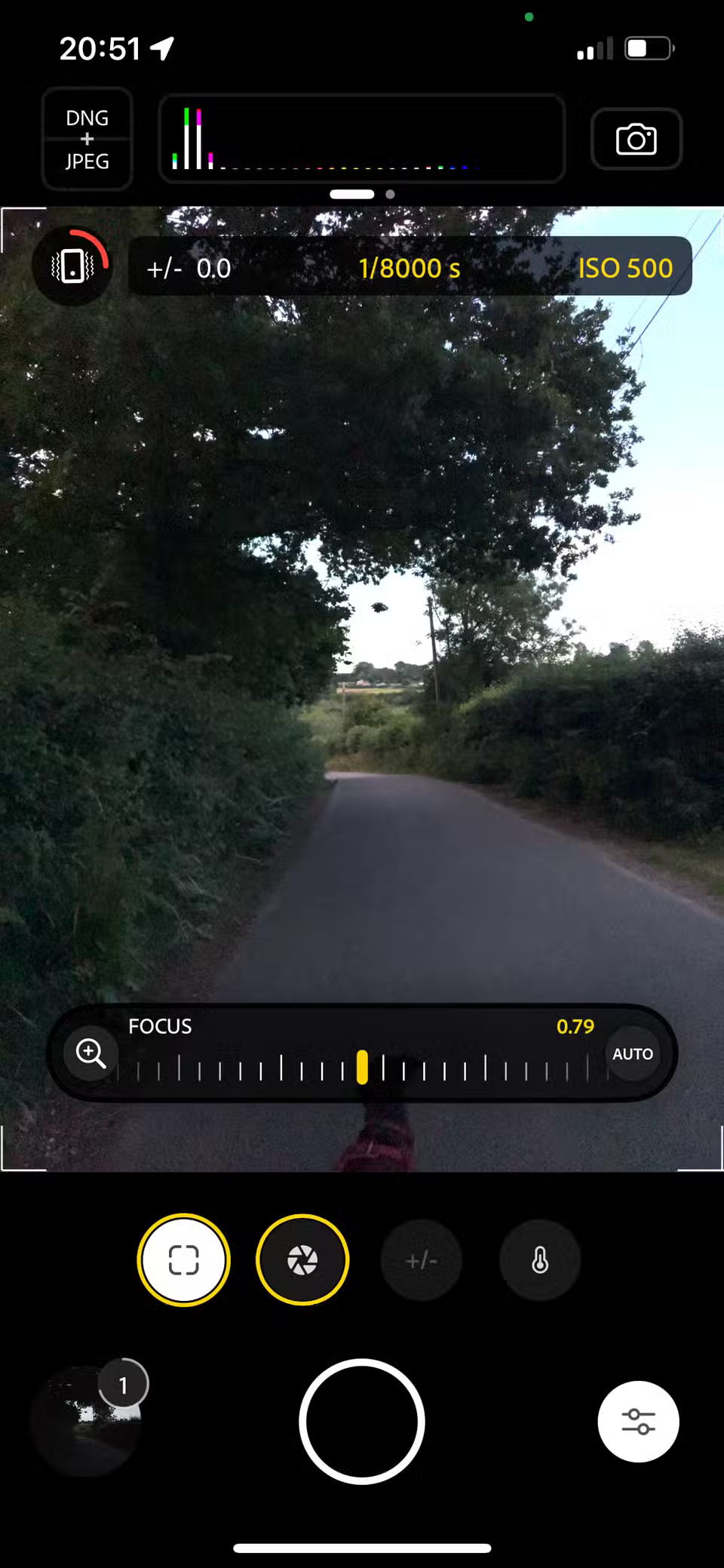
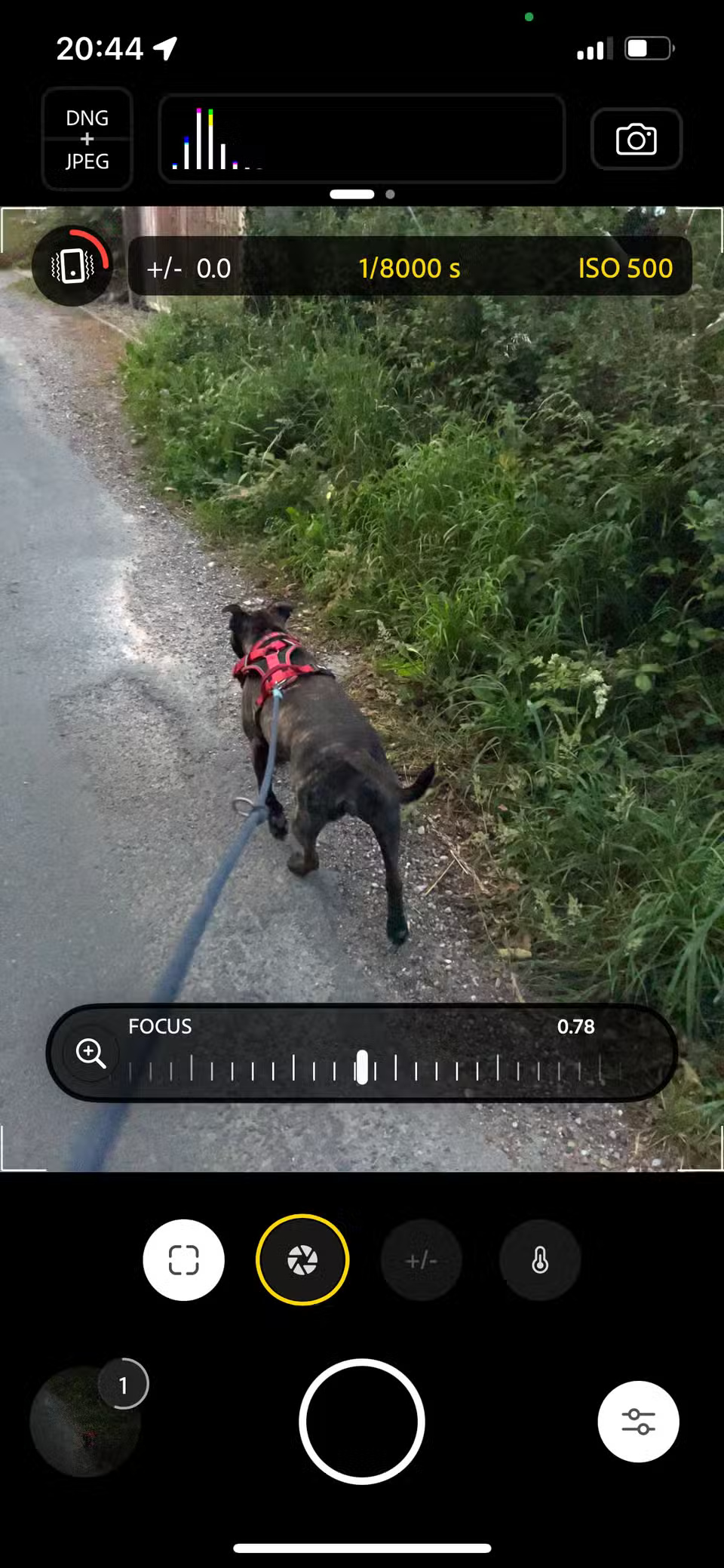
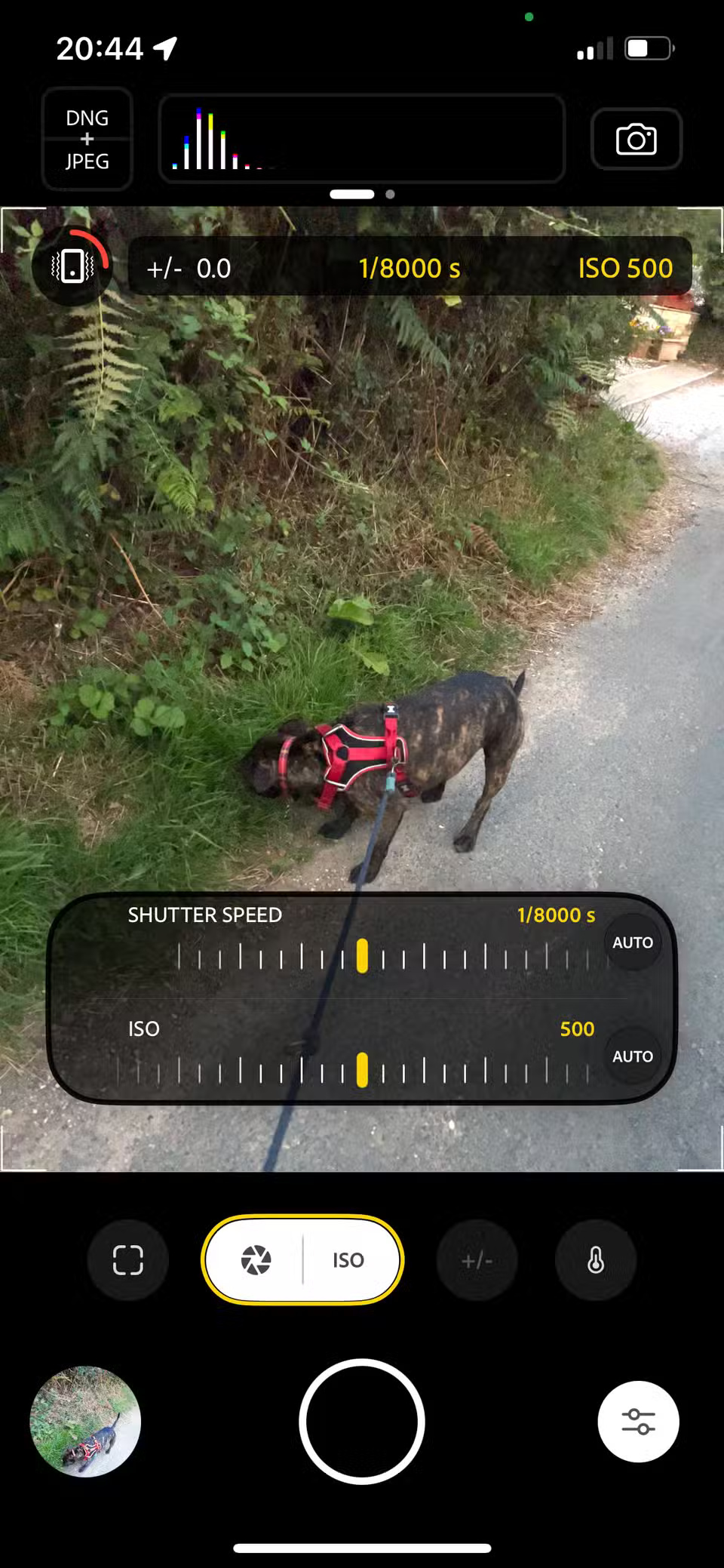
DSLR settings offer fully customizable shooting options, such as changing shutter speed, aperture, focus distance, exposure, white balance, and ISO. Most DSLRs also offer a histogram viewer for viewing exposure levels, grid lines, a level (usually found on tripods used with DSLRs, not cameras), access to both RAW and JPEG , and more.
While currently in Beta mode, Project Indigo – which will likely eventually be integrated into Adobe's Lightroom Mobile app – will add all of the above-mentioned features to your phone's camera.
Night mode can compete with high ISO of DSLR
Many people have used night mode on phone cameras before, and the results are pretty good. The night mode on Project Indigo directly simulates using extremely high ISO on a DSLR - a more realistic way to get images in the dark.
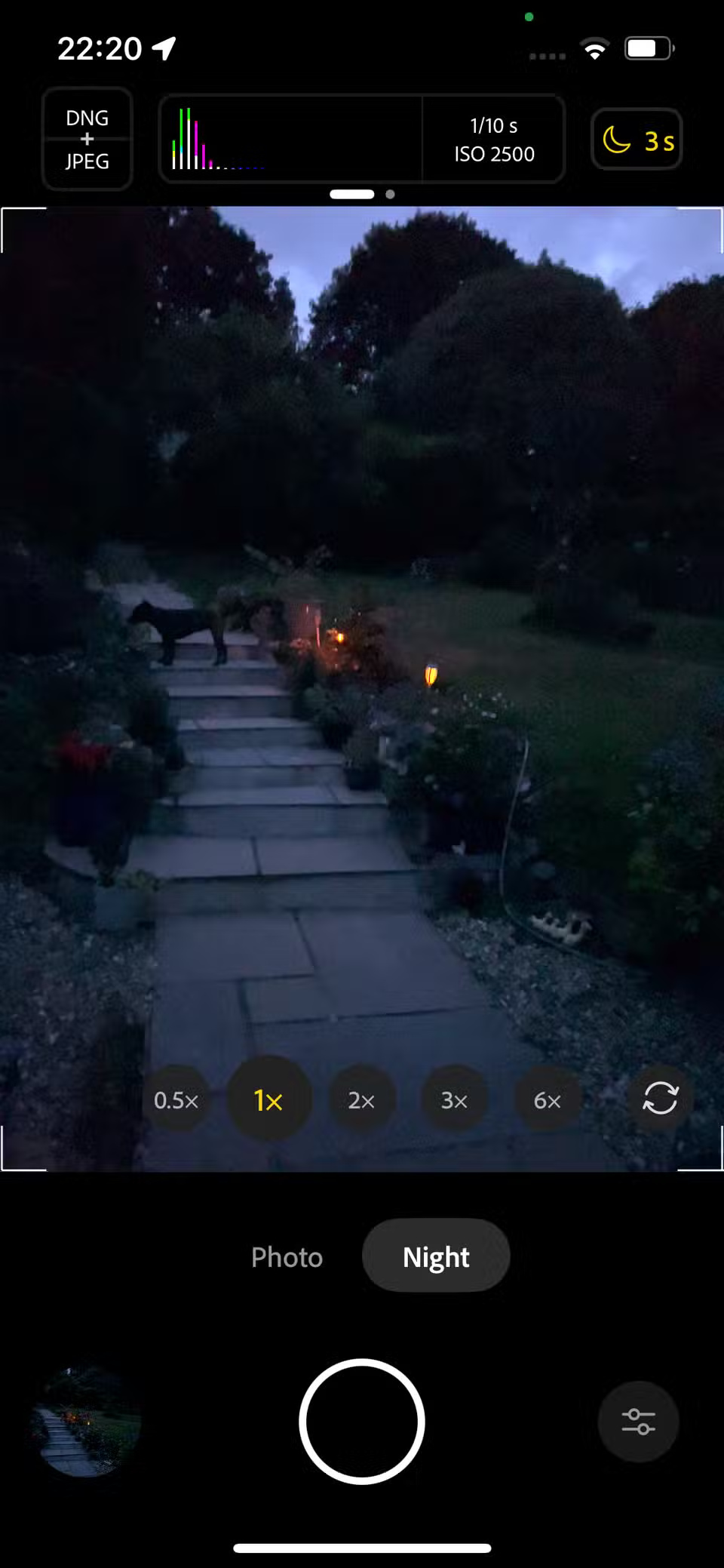

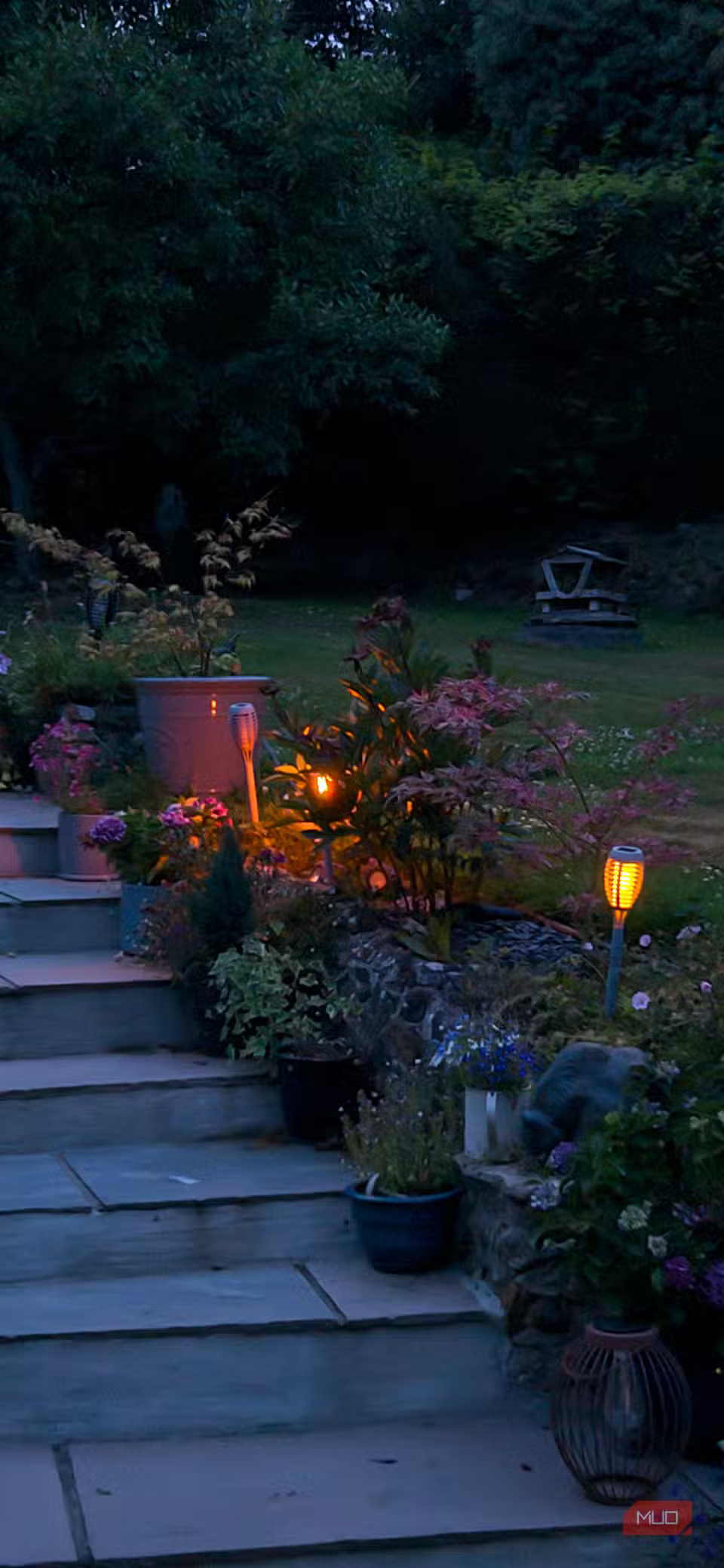
Most phone camera night modes don't let you customize the ISO, but instead choose an automatic exposure level. ISO reflects the light sensitivity of the film on the camera, even in digital cameras it works the same way with film.
The lower the ISO, the less sensitive the sensor is to light. This means that night mode photography requires a higher ISO to increase the sensor's sensitivity to light. Combining this with a stable camera (on a tripod or balanced on a stable surface) means you can take great photos at night.
After trying out Project Indigo's night mode at dusk, I was impressed with the results. Even when zoomed in, the results were still high quality.
Manual focus range for portrait mode
One of the settings on the Project Indigo camera is the manual focus range. This feature is typically found on DSLR cameras by switching between autofocus and manual focus. This feature then allows you to activate the focus ring to choose which parts of the image are in sharp focus and which are blurred by the bokeh effect. Aperture also affects the contrast between the in-focus and out-of-focus areas.

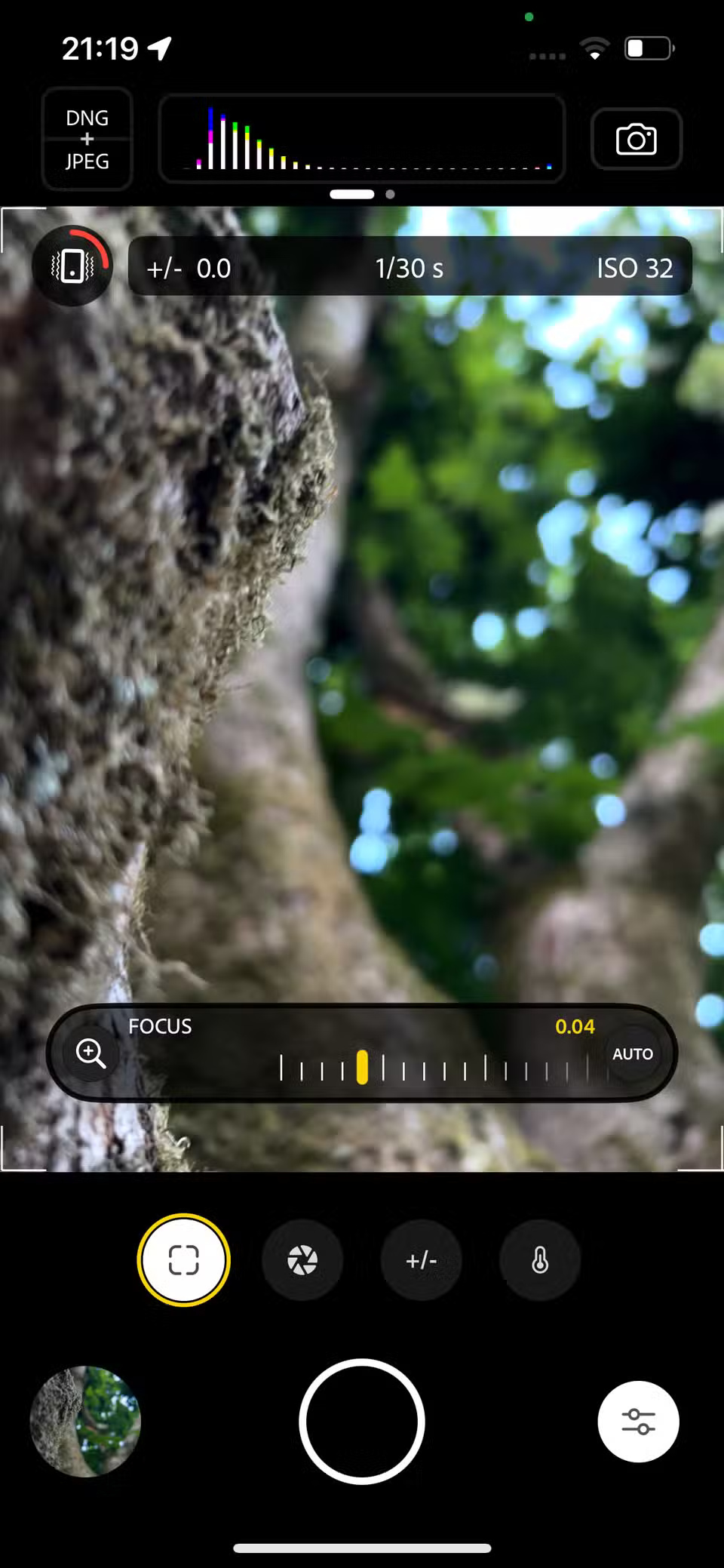
Project Indigo doesn't have a specific aperture setting, but the app's focus range is fully customizable - or you can choose Auto mode - to choose how sharp your photos will be. The camera benefits from the iPhone's multiple lenses, even though you can't manually select the aperture.
Unlike the iPhone's Portrait Mode, there's no clear line between sharp areas and blurred areas due to the bokeh effect, because Project Indigo is technically changing the focus, not doing it artificially like Portrait Mode.
Connect directly to Lightroom Mobile for more benefits
Adobe Project Indigo is still in beta, so this isn't the end goal for the app. While it's not confirmed how or where we might find these tools in future Adobe features, it's a strong assumption that they'll be integrated into the Lightroom Mobile app rather than being a separate tool.
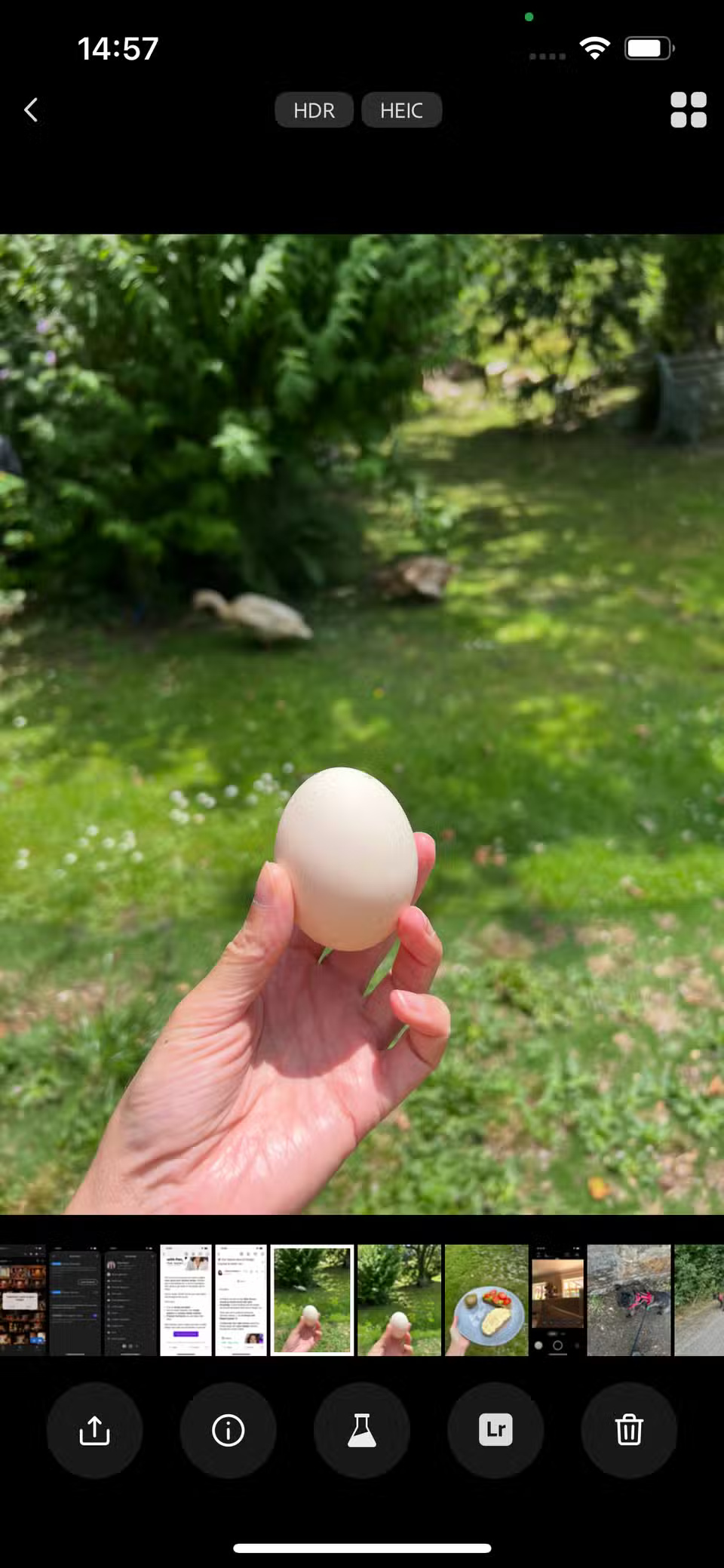
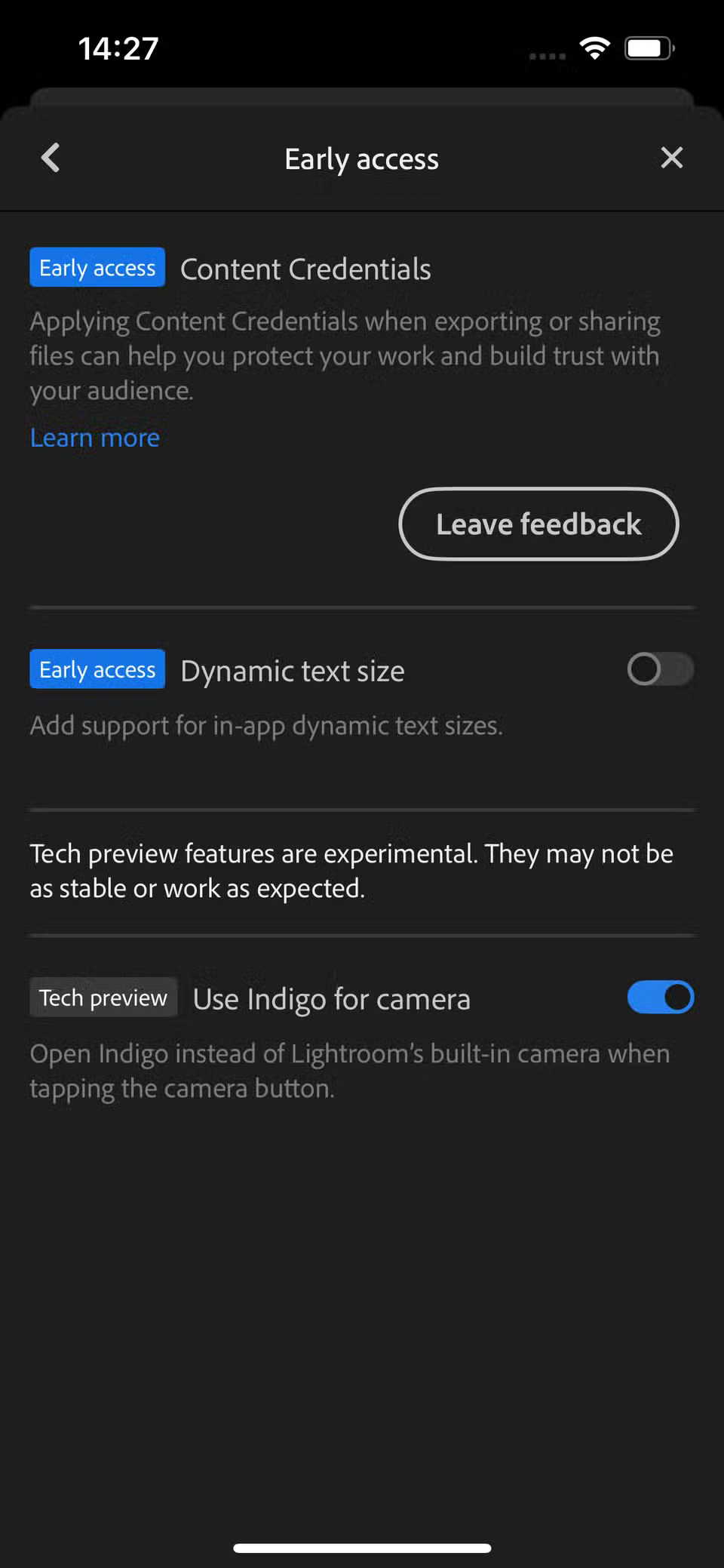
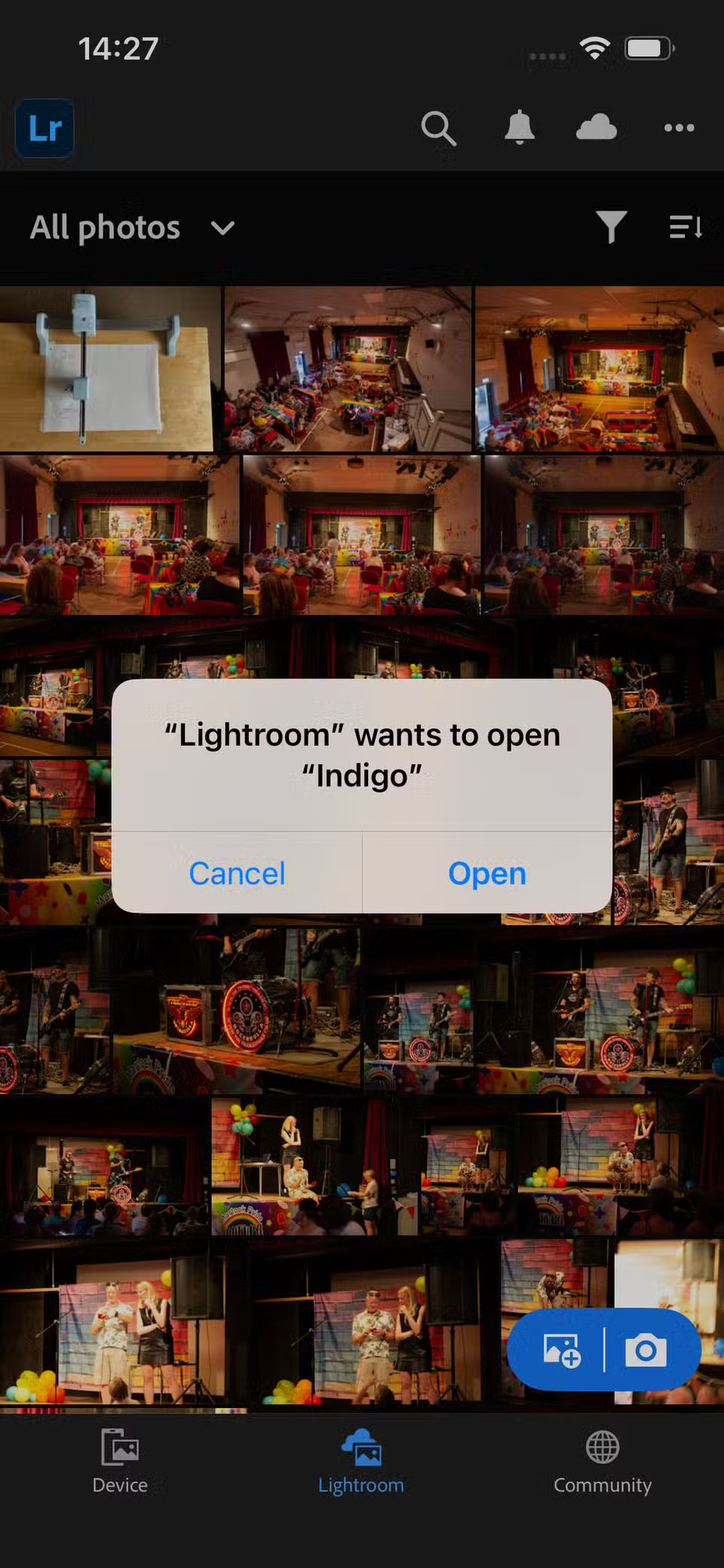
Using Project Indigo, you can easily send your new photos to Lightroom Mobile to continue editing. Selecting any photo from the Indigo film library will prompt you to open or install Lightroom Mobile. It will send a JPEG if you shot in JPEG mode, or if you shot in DNG or the JPEG and DNG blend option, it will open a RAW image to Lightroom so you can focus on the finer details in your editing.
This free beta app won't be around forever.
As mentioned, Project Indigo is currently in beta mode at Adobe Labs. This allows smartphone users to install and use Project Indigo for free until the beta ends.
As a beta app, Project Indigo is only available for the iPhone 12 Pro and later, or the iPhone 14 and later for non-Pro iPhone models. Once the beta ends, there will likely be a separate beta for Android models (guessing based on the history of Adobe's other mobile apps).
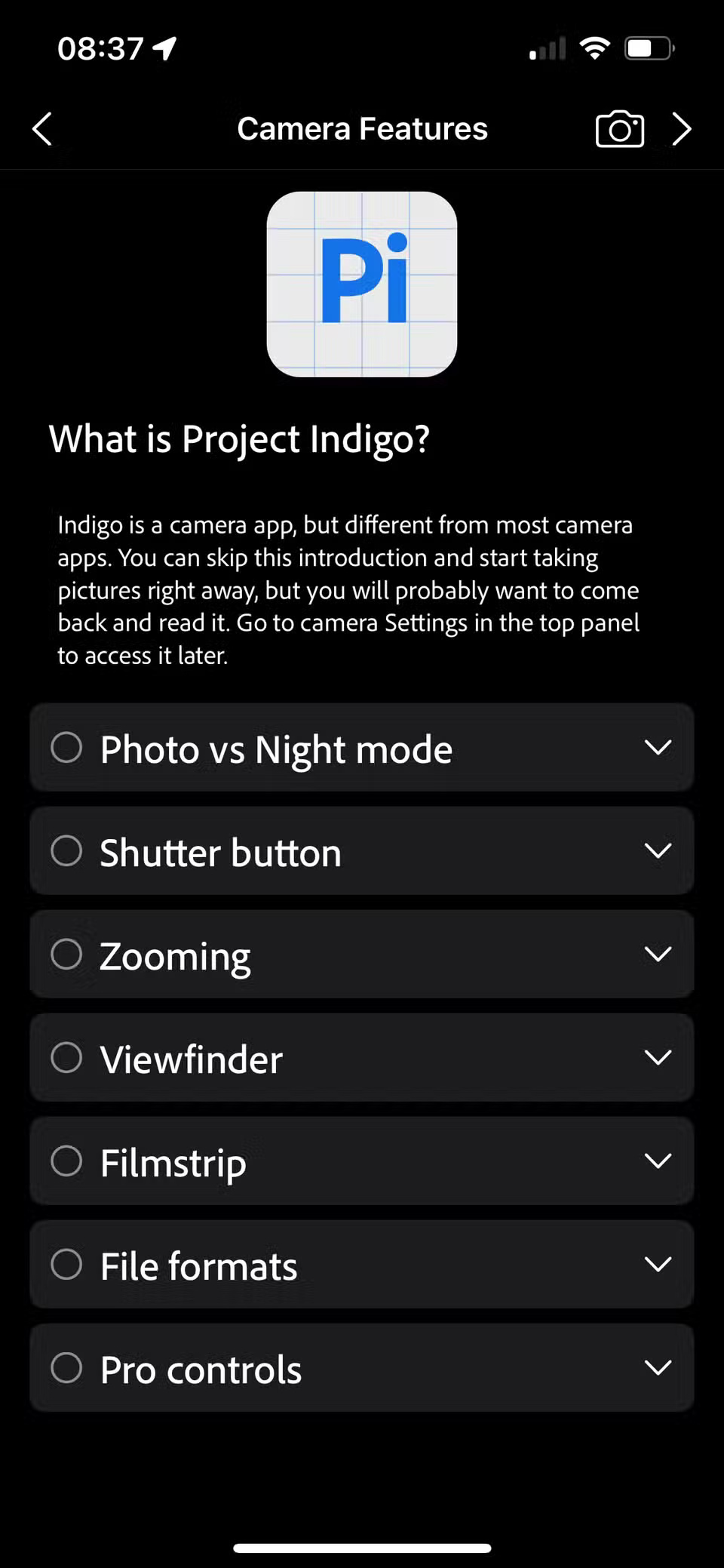
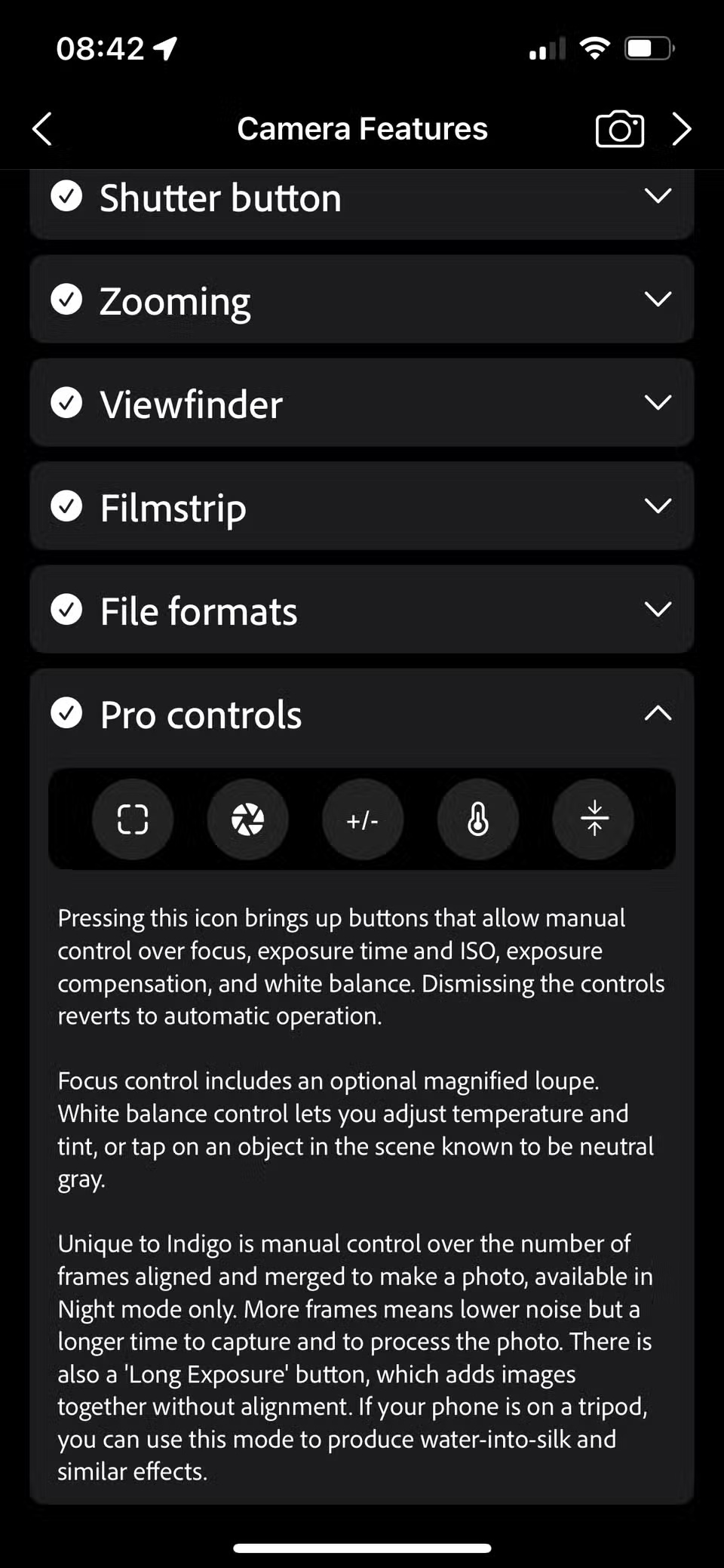
Once all the beta testing is complete, it's likely that Project Indigo — with its new, currently unnamed name — will become part of Adobe's subscription model, meaning some of its features could be premium-only, or even the entire app.
You should read it
- [Nostalgia Corner] - Project Ara, the impressive but ill-fated 'puzzle' smartphone project
- Latest Project XL code and how to enter Project XL code
- Tablet Tango launched next year, made by LG
- How to check whether Android 8.0 phone is updated with Project Treble software
- How to Open an MPP File on PC or Mac
- Adobe introduces a cross-platform 'all in one' video editing application
 Guide to taking pictures of wild animals with your phone
Guide to taking pictures of wild animals with your phone 5 Free Apps to Improve Your Nature Photos
5 Free Apps to Improve Your Nature Photos How to shoot epic timelapse videos with your phone
How to shoot epic timelapse videos with your phone How to Take Stunning Long Exposure Photos with Your Phone
How to Take Stunning Long Exposure Photos with Your Phone Don't share photos until you run this metadata check!
Don't share photos until you run this metadata check! Types of photography that should be taken with a DSLR camera
Types of photography that should be taken with a DSLR camera